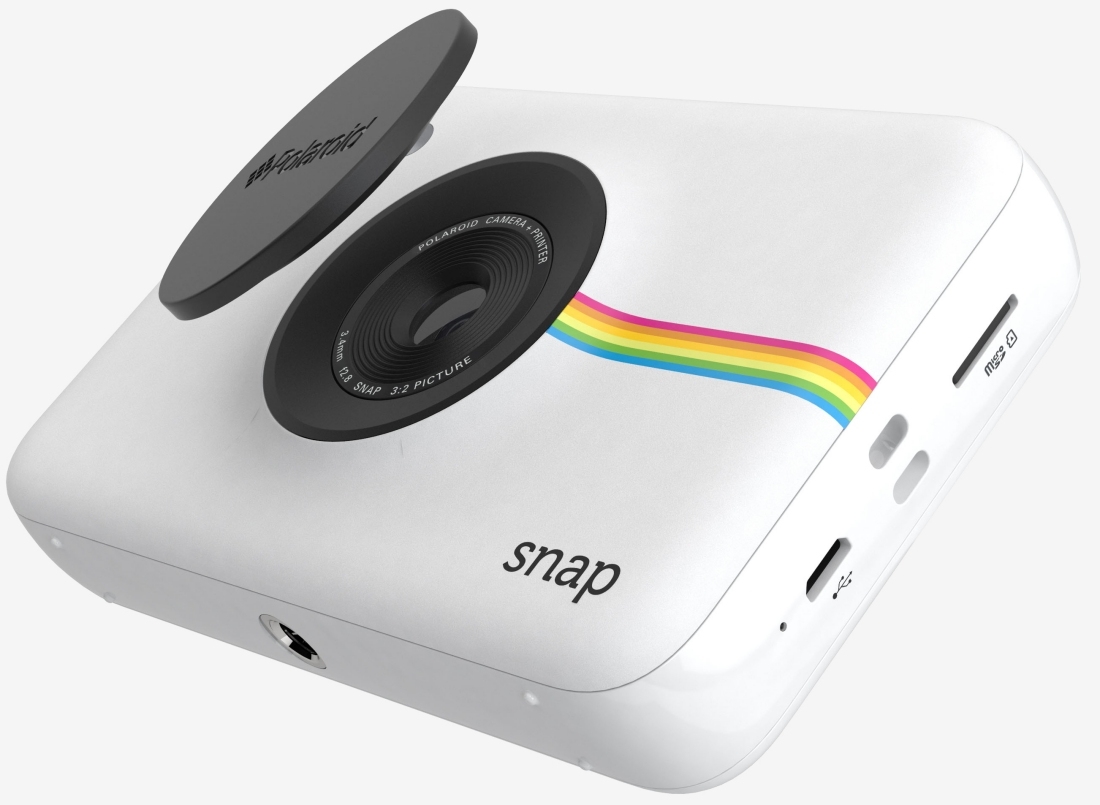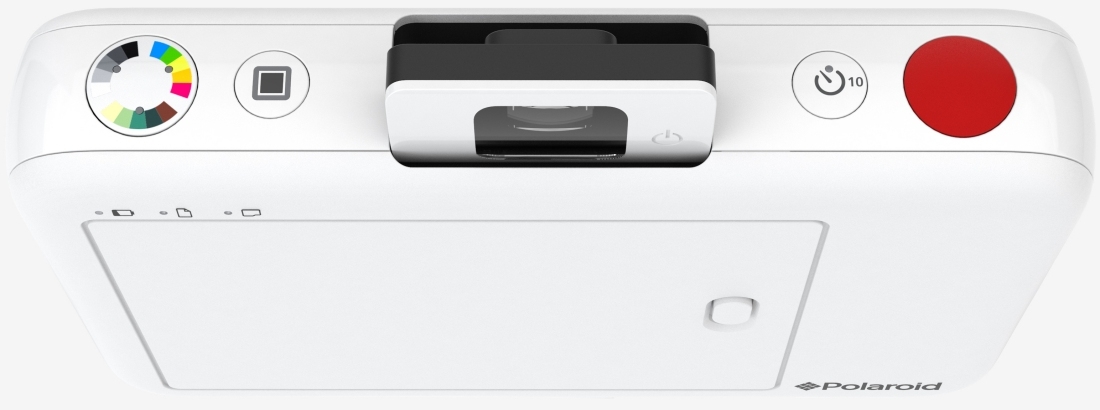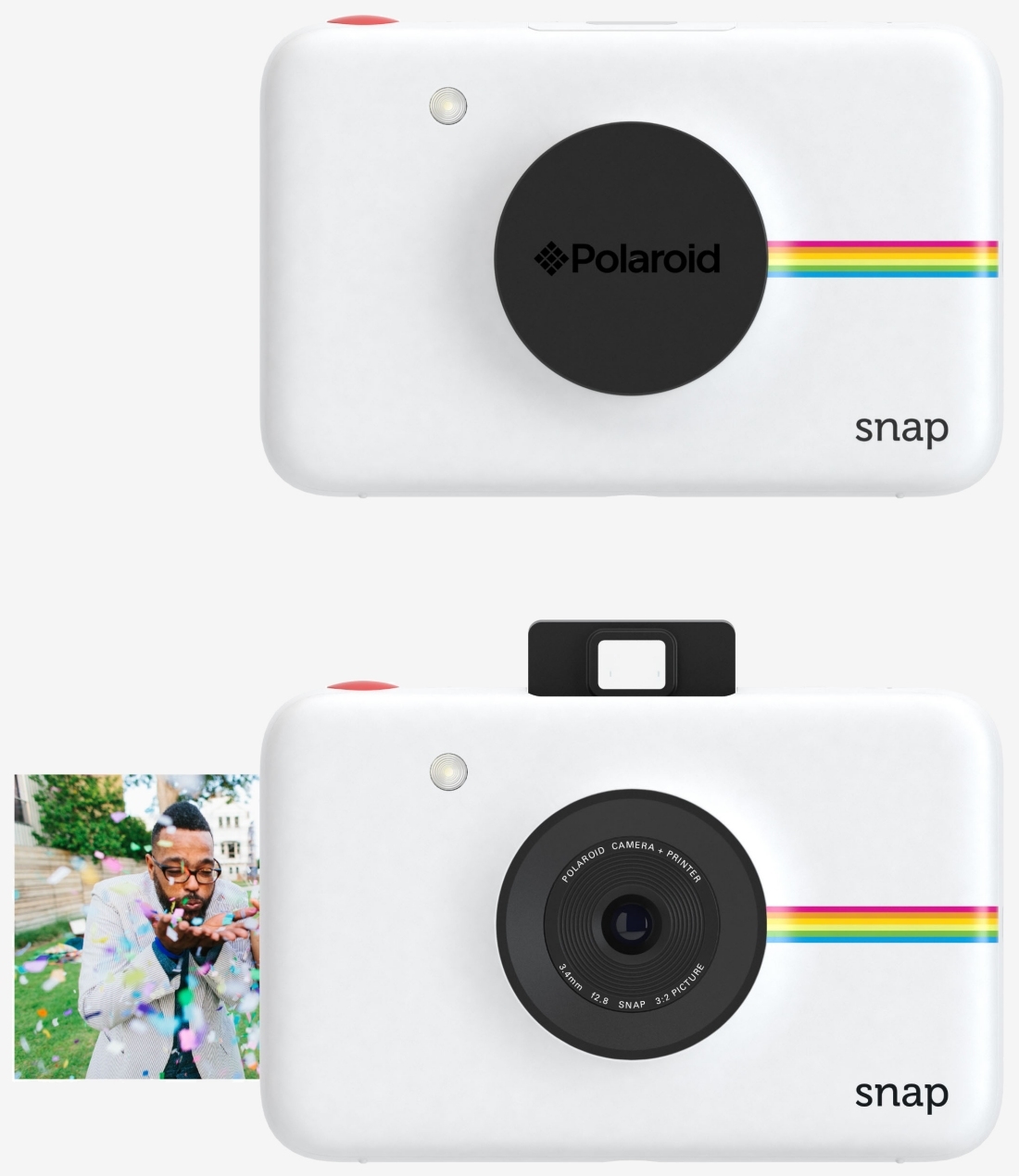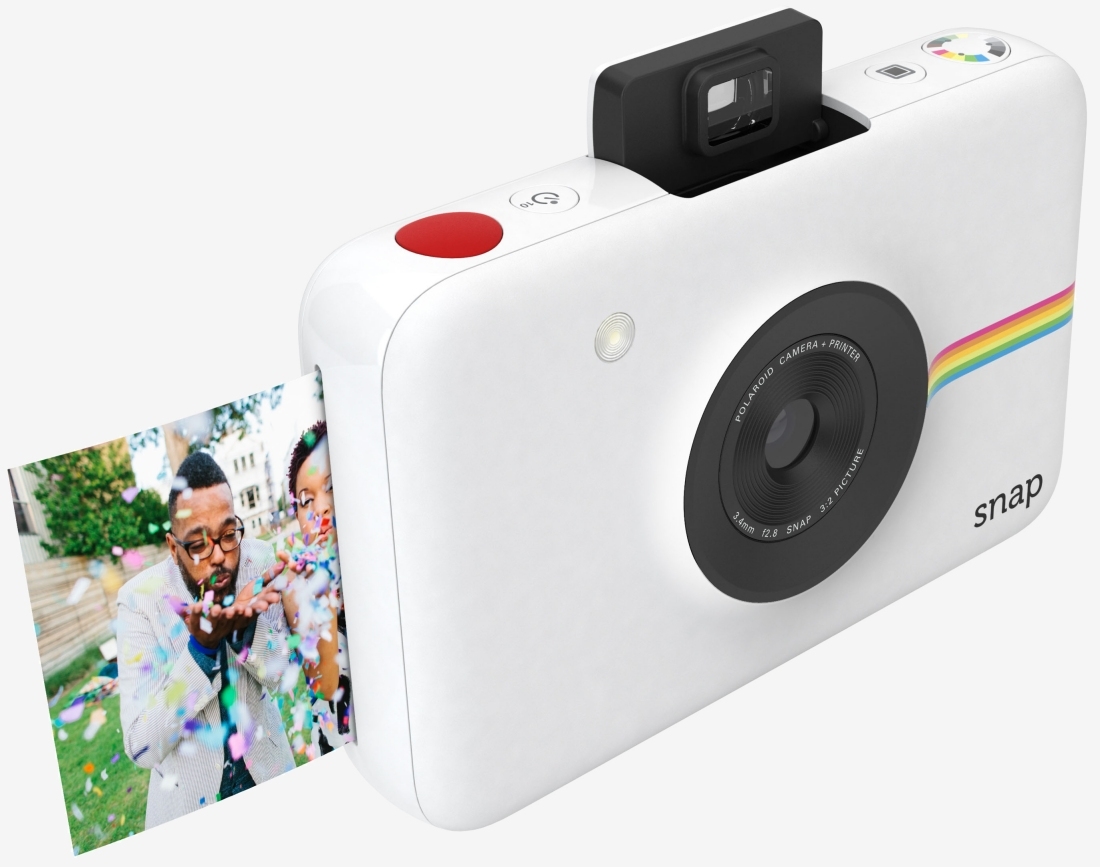Nostalgia makes it nearly impossible to truly write something off for good. Advancements in technology are often to blame for the phasing out of a particular product or category, like how the iPod led to the demise of the CD or how Netflix decimated Blockbuster.
As crazy as it might sound, many products and services have failed simply because they were too advanced for their time - case in point, the Nintendo Virtual Boy and XBAND. Still others like BlackBerry have fallen from grace simply because they failed to innovate in the face of new competition.
A recent wave of nostalgia, however, has breathed new life into a number of products from yesteryear.

That warm and fuzzy feeling is directly responsible for driving up the price of Apple's discontinued iPod classic on eBay and led to the doubling of sales of vinyl records last year. The resurgence isn't limited to technology as we're also witnessing the comeback of Clearly Canadian, a once-popular sparkling water drink from the '90s that ultimately disappeared from store shelves due to management missteps and the absence of a premium beverage market.
Polaroid is another name that's attempting to once again become relevant. The iconic optics company was formerly a household name thanks to its instant film technology yet much like Kodak, its business model was annihilated by the rapid rise of the digital camera (the popularity of smartphone photography and sharing via social media hasn't done the company any favors, either).
Polaroid isn't going down without a fight, however. The company has continued to develop (no pun intended) its instant photo technology, the results of which were on display at IFA 2015.

The Polaroid Snap is a pocket-sized instant digital camera. It features a modern, minimalist design that's able to spit out prints on the fly. What's most impressive about the Snap is not the fact that it can print photos (competitors can do the same thing) but that it does so without using ink. How can that be?
The Snap uses a technology that Polaroid calls Zink Zero Ink Printing which replaces traditional ink and photo paper with an advanced composite material that's embedded with cyan, yellow and magenta dye crystals under a protective polymer overcoat. The Zink paper, which looks like a standard sheet of white photo paper before use, is heated up during printing to activate and colorize the crystals.

The end result is a 2- by 3-inch (roughly wallet-size), full-color, high quality, long-lasting, smudge-proof photo that's printed in under a minute. It has an adhesive back meaning the photo can be used as a sticker should you choose to do so.
The camera itself features a 10-megapixel image sensor and a microSD card slot so you can store captured memories to transfer to a computer at a later date for keeping and sharing on social media. Snap has multiple capture modes - think Instagram filters - and even a self-timer feature.
Polaroid plans to launch the Snap instant digital camera in black, white, blue and red color schemes during the fourth quarter at a price point of $99. The Zink photo paper can be found on Amazon priced at $29.99 for a pack of 100. Regardless of whether or not the Span will be a hit, it's encouraging to see companies like this continue to innovate rather than throw in the towel. And who knows, maybe one of these new technologies will lead to products and services we haven't even conceived yet.
